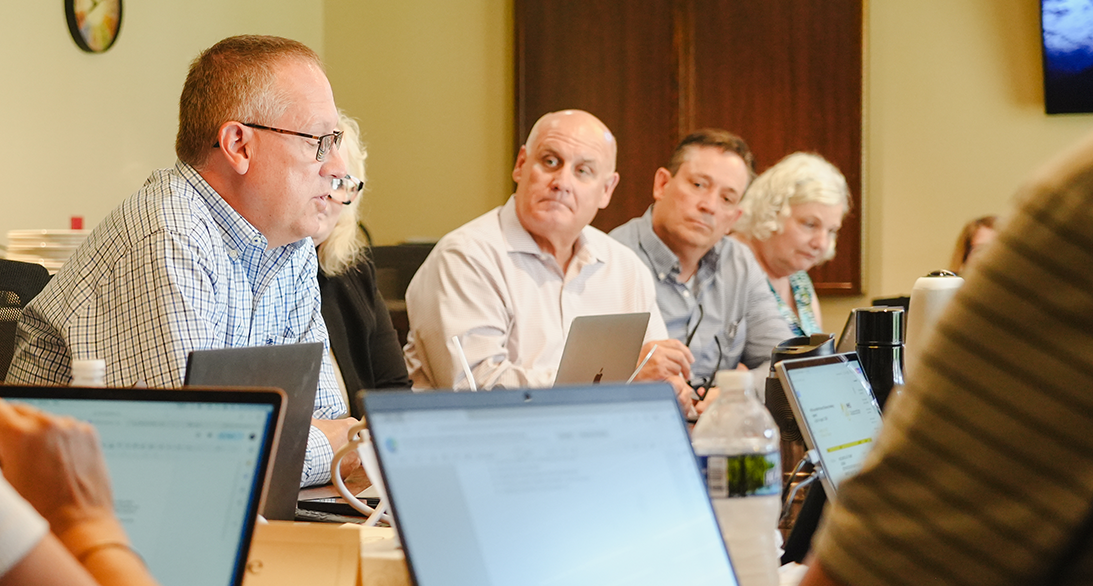MHS Consulting | Your Mission. Our Passion
In every nonprofit organization, the connection between the Chief Executive Officer and the Board Chair shapes the organization’s health more than any policy or plan. When the partnership is strong, decisions are timely, communication is clear, and people trust the direction of the organization. When it breaks down, progress slows and confidence fades.
Recent research shows just how important this relationship has become. BoardSource’s Leading with Intent report found that 70 percent of nonprofit CEOs identify their Board Chair as their most essential partner, yet only one in five CEOs are fully satisfied with their board’s overall performance. Studies show that regular, open communication between the two roles is one of the best predictors of stability. Organizations that maintain that connection are significantly more likely to meet strategic goals and avoid costly leadership turnover.
In faith-based nonprofit settings, the CEO–Chair partnership carries even more weight. These organizations balance mission with regulation, compassion with accountability, and the expectations of residents, staff, and donors. A Chair and CEO who lead in step lay a foundation for strong collaboration and trust amongst those key stakeholders and set the tone for organizational culture.
So, what makes this partnership work?
- Start with Clarity, Not Assumptions.
Successful Chair–CEO partnerships begin by defining how they will work together. Setting clear expectations early, including how decisions are shared, how often they’ll meet, and how feedback will be exchanged, prevents confusion later. A short leadership agreement or shared priorities document keeps both focused on the same goals and provides a reference point when challenges arise. - Schedule Regular Check-Ins.
A dependable meeting schedule builds familiarity and trust. Many of the strongest partnerships meet every two weeks for an hour and a half to two hours to review progress, raise questions, and look ahead together. - Communicate with One Voice.
Different viewpoints are inevitable, but once a decision is made, unity matters. Speaking consistently prevents confusion and demonstrates respect for the process. - Practice Two-Way Feedback.
Effective Chairs ask for input as often as they give it. Simple, direct conversations about what works and what doesn’t help prevent misunderstanding and strengthen trust. - Anchor Every Conversation in Mission.
When disagreement arises, returning to purpose brings clarity. Asking, “What best serves those we exist to help?” often resets the discussion and restores perspective.
CEO turnover across the nonprofit sector continues to climb. When these two leaders stay aligned in communication and conviction, they provide the organization with something every mission needs: steadiness. In that steadiness, strategy becomes possible, culture stays healthy, and purpose moves forward with confidence.
Interested in Learning More?
Contact: suzette@mhs-consulting.org
